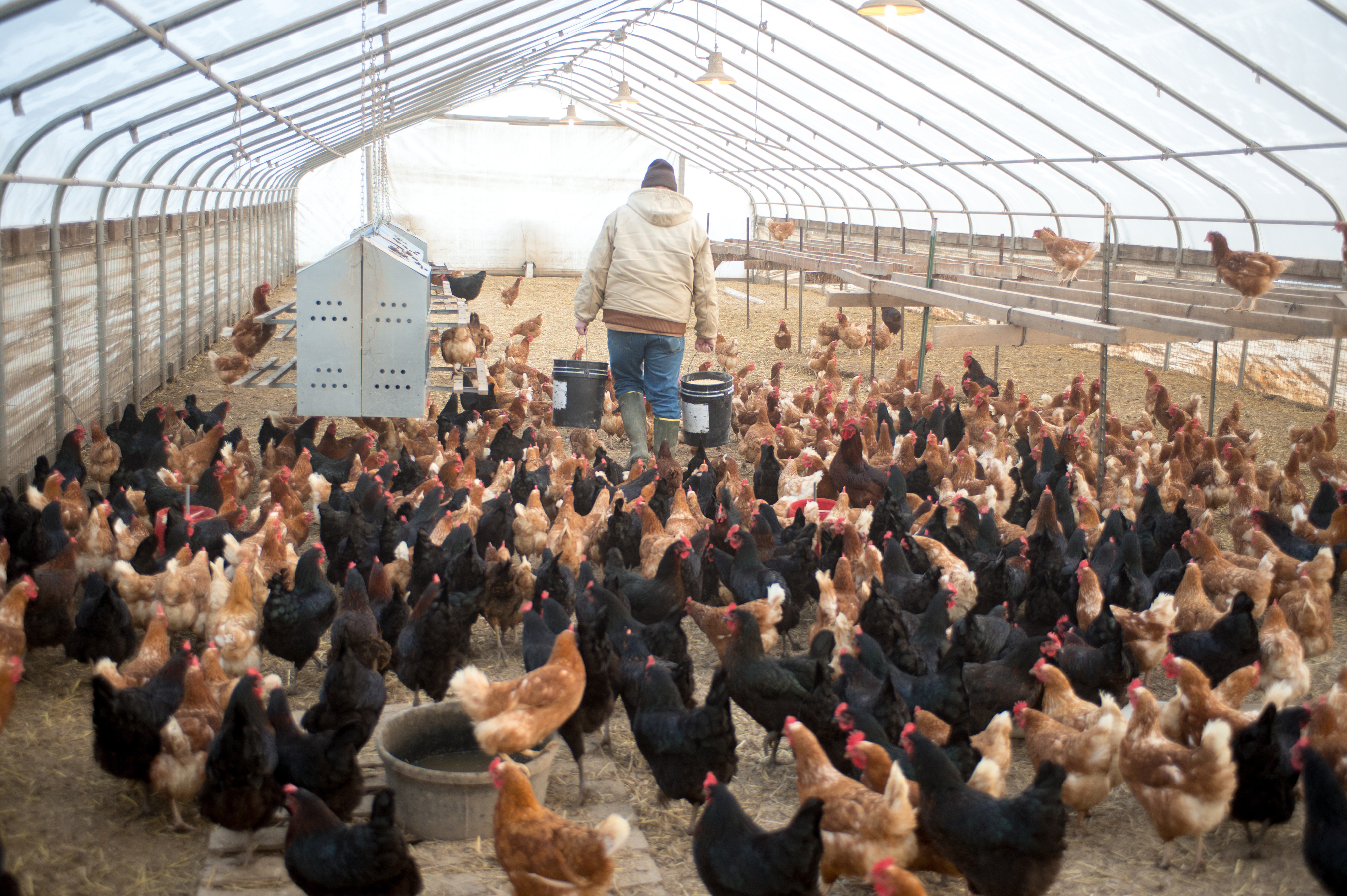



Is South African poultry back on track?
In spite of an uphill battle since 2016, South African poultry’s major players are cautiously optimistic about 2019.Saying the past three years have been tough for the South African poultry industry would be a gross understatement. Drought conditions in various parts of the country caused maize prices to hit record highs in 2016, resulting in broiler feeding costs to increase by 13.5 percent while producer prices increased by a mere 1.2 percent.
The higher feeding costs have rendered farmers less competitive against cheaply imported poultry products, causing widespread job losses and the end of many small-scale farming operations. RCL Foods alone had to close 15 farms and retrench 1,350 workers to keep its head above water.

Avian influenza
With the drought breaking in maize-producing regions, things looked better for 2017. Feed prices decreased by 10.5 percent, while producer prices increased by 15 percent. But the spike in producer prices, unfortunately, was caused by the first ever highly pathogenic avian influenza outbreak in the country.
The industry did have a contingency plan in place, as industry leaders reasoned it would only be a matter of time before the virus would hit the country. But the programme’s practical implementation proved much easier said than done, especially when it came to the culling of large volumes of birds in one day.
Whereas farmers in other countries are often compensated for their losses, it remains uncertain whether farmers in South Africa will receive any redress from the government. According to the Bureau for Food and Agriculture (BFAP), about 4.7 million layers and 700,000 broilers worth R 317 million (roughly £17.8 million GBP) were culled during the outbreak, with the total loss in business estimated around R 1.87 billion (roughly £105. 1 million).
Listeria
The listeria outbreak at the start of 2018 did not really affect poultry consumption, but resulted in the recall of several processed meats. In response, producers reviewed and proactively improved their risk-mitigation measures with many attending a workshop to discuss recently issued guidelines on compliance with process hygiene control and microbiological food-safety performance objectives as required by the Meat Safety Act.
Dr Ziyanda Majokweni, general manager of the South African Poultry Association, says the industry is committed to assisting the National Department of Agriculture, Forestry and Fisheries with meaningful, measurable objectives in this regard: “Pathogen-reduction plans remain key tools both nationally and globally in ensuring the management of food-borne pathogens.”
Outlook for next year
Dr Majokweni is optimistic about 2019. The industry has managed to get through the 2018 winter with only two confirmed cases of highly pathogenic H5N8 outbreaks in commercial chicken and one in quail. The continued circulation of the virus in ostriches, nevertheless, remains disconcerting.
“New outbreaks have been reported in the European Union and South Africa is watching developments closely and remains guarded,” says Majokweni.
While the industry should be better prepared for future outbreaks, avian influenza will remain a huge threat, with effective disease management largely dependent on the strain of the virus and buy-in of the industry as a whole in investing in efforts to contain it. The possibility of emergency vaccination has been investigated and a proposal on the use of such an intervention has been sent to industry stakeholders for comment.
Marthinus Stander, CEO of Country Bird Holdings, says good rains and maize prices have contributed a good 18 months for the broiler industry, in spite of the avian influenza outbreak. The improved conditions have led to some significant industry investments and allowed farmers to strengthen their financial positions. According to Stander, however, future prices will depend on climatic conditions and the value of the South African rand against other major currencies.
“Our maize reserves are looking good, so an average harvest should be good enough this year,” he says. “We, nevertheless, have not received enough rain to date and there is a 70 percent chance that we might be heading for another El Niño, which is associated with drought in the major maize-producing regions of South Africa.”
The value of the rand would have an impact on maize prices, since prices for South African maize are derived from maize prices on the Chicago Board of Trade. Stander says political uncertainty, corruption and talks about land expropriation have been taking their toll on investor confidence and have negatively impacted the currency.
Better protection
Both Stander and Dr Majokweni say they are excited by an announcement made by South Africa’s president, Cyril Ramaphosa, in September 2018 of an “economic stimulus and recovery plan”, which among other things, will be used to protect the industry. So far, an EU safeguard duty has been set at 35.3 percent, to be imposed from 28 September until 11 March 2019 – this will go down to 30 percent from 12 March until 11 March 2020, to reach 25 percent between 12 March 2020 and 11 March 2021, and the 5 percent from 12 March 2021 until 11 March 2022.
Stander says various studies have revealed that South African farmers are just as efficient and economically viable as their European and US counterparts, in spite of these countries benefitting from subsidies: “These and other countries are dumping pieces of meat that are unwanted by their consumers. This is not only a problem in South Africa, but is preventing the development of poultry industries in other parts of Africa.”
According to reports from the South African Revenue Services, total imports for 2016 increased by 17.1 percent to 560,155 tonnes in comparison with the previous year and would have been 20 percent higher if it had not been for avian-influenza-related trade bans imposed on December’s imports. At 556,877 tonnes, imports in 2017 were 0.6 percent lower than in 2016, but 25 percent higher than the industry’s five-year average. The value of these imports was 17.5 percent higher at R 6.44 billion (roughly £364 million).
Total imports for 2018 were 0.7 percent lower while the value of these imports was 2.5 percent less than in the first half of 2017. Total imports for the year amounted to 438,839 tonnes by September, with a value of R 5.01 billion (roughly £283 million). Of this 73 percent was bone-in leg portions.
Dr Majokweni points out that the South African poultry industry sheds 1,069 direct and indirect jobs for every 10,000 tonnes of broiler meat that is not produced locally.









